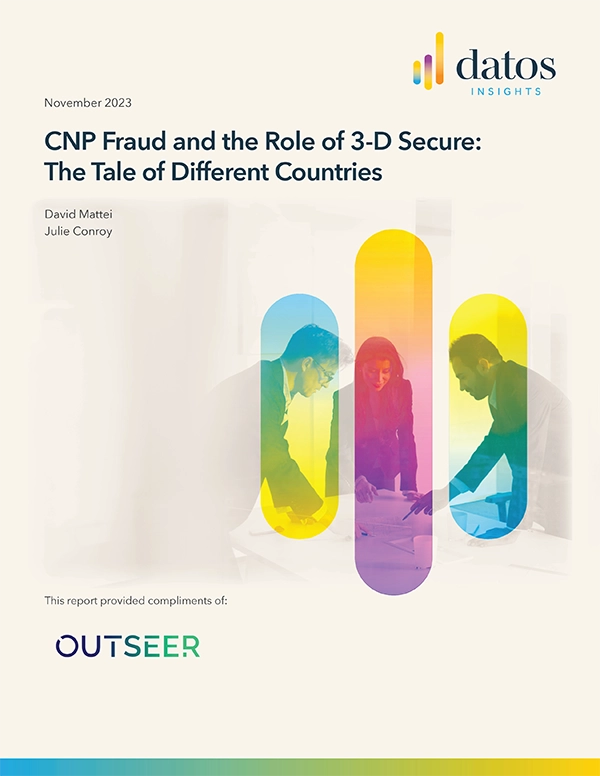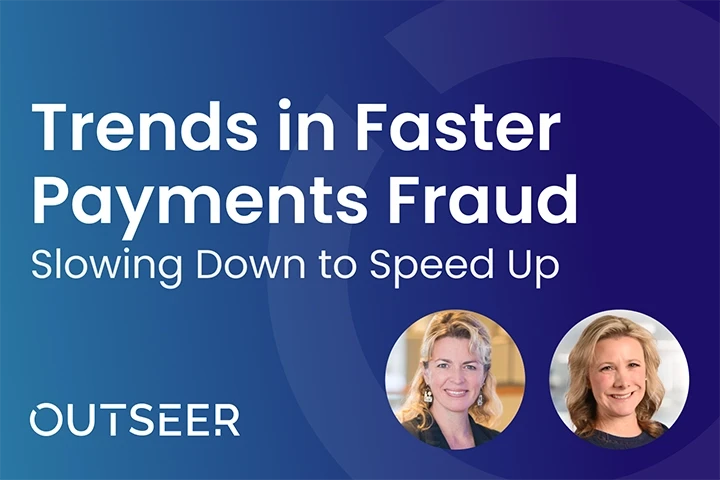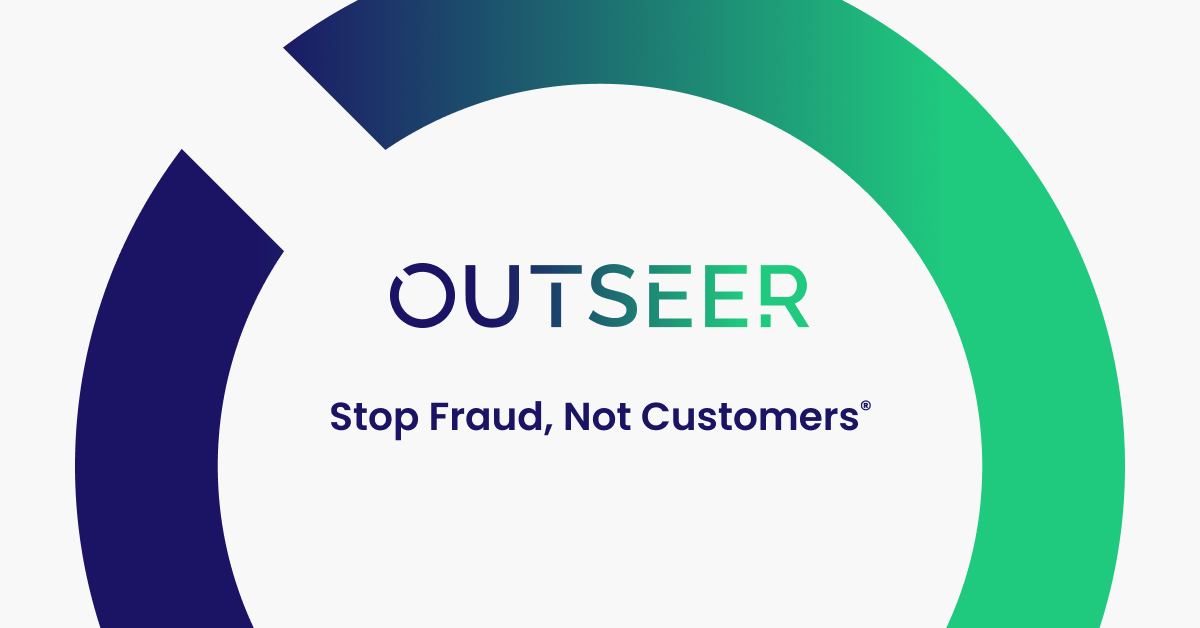In today’s digital age, the battle against fraud threats is an ongoing challenge that requires constant innovation and vigilance. As technology advances, so do the methods employed by malicious actors to breach your fraud security defenses. To counter these threats, it’s crucial to deploy a multi-faceted approach that leverages a range of detection capabilities. In this article, we’ll explore several powerful techniques that Outseer FraudAction utilises to detect fraud threats, focusing on their benefits, use cases, and their role in fortifying fraud security measures.
1. Optical Character Recognition (OCR): Extracting Hidden Threats from Images and PDFs
Images and PDF files often contain valuable clues that can reveal potential fraud threats. By employing OCR capabilities, these seemingly innocent files can be analyzed to extract URLs and textual information that might be concealed. Using OCR allows FraudAction to unveil hidden links and data, providing a significant advantage in identifying malicious intent. This approach is especially effective against threats that attempt to mask themselves within visual content.
2. Known Domain/Subdomain Recognition: Swift Identification of Suspicious Web Addresses
Malicious actors often rely on seemingly legitimate domains or subdomains to trick users into interacting with their content. Leveraging the power of known domain and subdomain recognition, FraudAction can rapidly pinpoint potentially suspicious URLs. This capability ensures that you are promptly alerted to the presence of questionable addresses, bolstering protection against phishing attempts and fraudulent sites.
3. Known Attacks Filtering: Staying Ahead by Identifying Familiar Threats
In the ever-evolving landscape of fraud threats, some attacks have been encountered before. By filtering out known attack patterns, FraudAction can swiftly eliminate threats that have already been encountered and understood. This efficiency frees up resources for focusing on novel and emerging threats, allowing your team to maintain a proactive stance against fraudsters.
4. Brand Name Detection: Safeguarding Online Reputation with Targeted Keyword Analysis
Protecting your brand’s online presence is paramount in today’s interconnected world. By scanning source code for specific brand-related keywords, FraudAction can swiftly identify instances where your brand is being exploited for malicious purposes. This capability not only helps prevent potential reputational damage but also ensures that users are engaging with authentic content.
5. Page Title Recognition: Identifying Suspicious Content at a Glance
A web page’s title often holds valuable insights into its content and intent. By recognizing known page titles associated with fraud threats, FraudAction can quickly flag potentially harmful web pages. This approach is particularly effective in thwarting attacks that rely on the manipulation of user expectations through misleading titles.
6. Known Folder Paths Analysis: Detecting Attacks Along Familiar Trajectories
Fraudsters often follow well-trodden paths when attempting to infiltrate systems. By analyzing known folder paths associated with previous attacks, FraudAction can identify potential attack trajectories. This capability enables early detection and swift response to threats that attempt to exploit familiar vulnerabilities.
7. Known Hashes Identification: Pinpointing Threats Using Hash Information
The use of known hashes allows for the rapid identification of previously encountered attack source codes. By comparing files against a database of known hashes, FraudAction can swiftly detect threats with minimal processing time. This method is highly effective in identifying both well-known and modified attack vectors.
8. Known IP Address Recognition: Blocking Malicious Connections from the Outset
Fraudsters often operate from certain IP addresses that have been flagged for malicious activities. Recognizing known malicious IP addresses helps prevent unauthorized access and communication attempts from these sources. By leveraging this capability, your fraud prevention framework can drastically reduce the risk of infiltration.
Safeguarding your brand reputation and customers through Advanced Threat Detection
In the relentless battle against fraud threats, employing a combination of advanced detection techniques is essential. The capabilities mentioned earlier work in harmonious synergy, fortifying your defenses against a diverse range of fraud attacks. However, the realm of fraud prevention is constantly evolving, and it’s worth acknowledging the existence of more advanced fraud detection capabilities that are unique to FraudAction.
These specialized detection techniques, proprietary to FraudAction, transcend the scope of this article, operating in concert with the aforementioned strategies to provide a multi-dimensional shield against emerging threats. While the intricacies of these advanced methods remain confidential, their contributions to overall threat detection and mitigation are unparalleled.
By seamlessly integrating these exclusive FraudAction capabilities into your fraud prevention strategy, you’re not only shielding sensitive information and protecting customers but also guaranteeing uninterrupted digital operations in an increasingly intricate and interconnected landscape. As fraudsters refine their tactics, your organization can stand resilient, confidently navigating the digital realm with the assurance of innovative and comprehensive protection.
Join Liad Cohen, to review, discuss and learn about:
🟢 Current Phishing Threat Landscape
🟢 FraudAction’s Enhanced Detection Capabilities
🟢 Powerful techniques used by FraudAction, including Optical Character Recognition and Known Domain Recognition
🟢 Live Q&A
Join us on October 4th to gain valuable insights into the evolving world of phishing threats and learn how Outseer is at the forefront of providing proven protection. Don’t miss this opportunity to enhance your organization’s fraud prevention defences.















